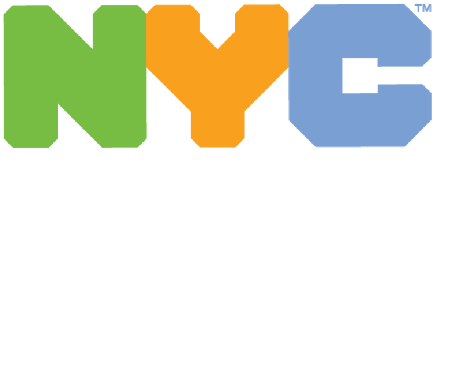Explore Our CTE Pathways
The Bronx STEAM Center will initially launch offerings in three pathways under the Career & Technical Education program model with a plan to add more over time.
PATIENT CARE: NURSING
Certified Nursing Assistant
A stepping stone to a rewarding career in healthcare, the Certified Nursing Assistant (CNA) pathway provides students with foundational knowledge in patient care, medical terminology, and essential nursing skills. Through hands-on training in clinical procedures, students will earn credentials in Basic Life Support and Infection Control.
Upon successful completion of the program, completion of the mandatory 108 hours of supervised clinical training, and passing the certification exam, students will earn their CNA credential, positioning them for immediate employment in hospitals and placing them on a clear pathway to advanced healthcare roles such as Licensed Practical Nurse (LPN), Registered Nurse (RN), Patient Care Coordinator, or other specialized clinical careers.
PATIENT CARE: TECHNICIAN
Certified Clinical Medical Assistant
A gateway to careers in clinical healthcare, the Clinical Medical Assisting (CMA) pathway equips students with essential skills in patient care, medical terminology, phlebotomy, and clinical procedures. Students in the CMA program will earn credentials in Emergency Medical Technician (EMT), Phlebotomy, and Basic Life Support.
Through the successful completion of the CMA program, students will earn their Certified Clinical Medical Assistant credential placing them on a clear pathway to advanced healthcare roles such as Patient Care Associate/Technician (PCT), Phlebotomy, Cardiac Care Technicians, or other specialized clinical careers.
INFORMATION TECHNOLOGY
Cybersecurity
The Cybersecurity Analyst occupational title introduces students to concepts of technology, and then builds into an intentional sequence focused on established, stackable credentials including CompTIA Security+ and Network+.
During the student experience, they will learn about the technical and social aspects of cybersecurity and conclude in a comprehensive practicum that provides students an opportunity to demonstrate their understanding of security methods and tools, architecture, and operations.



